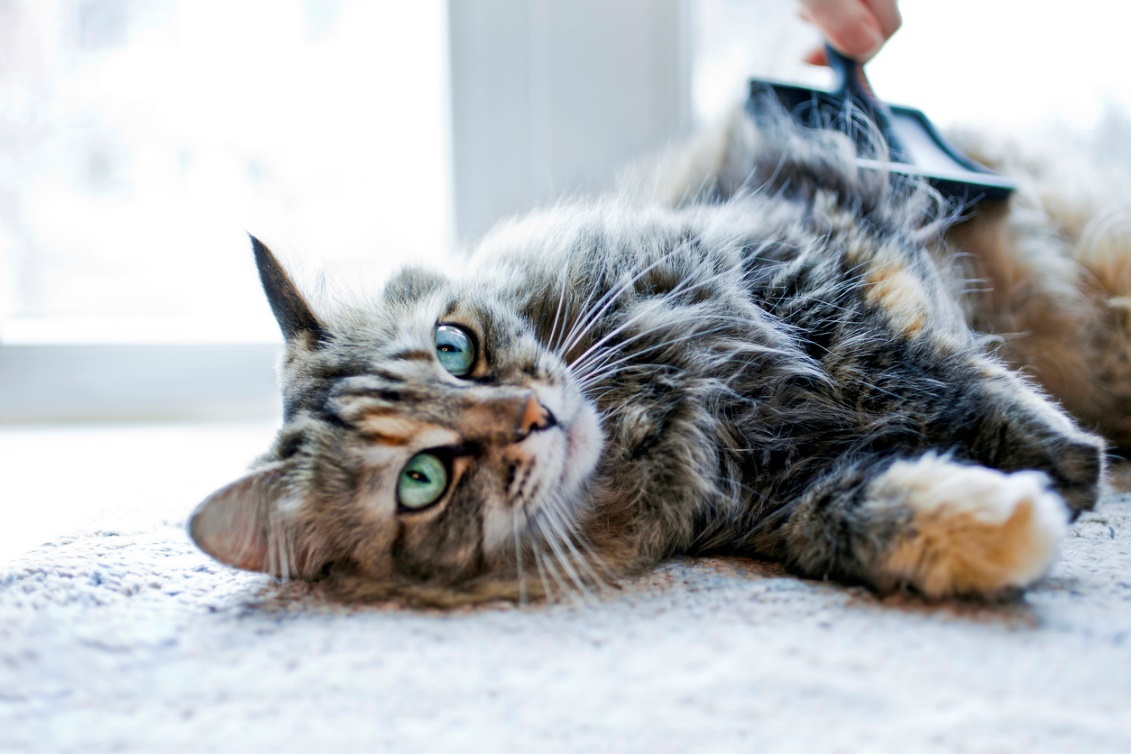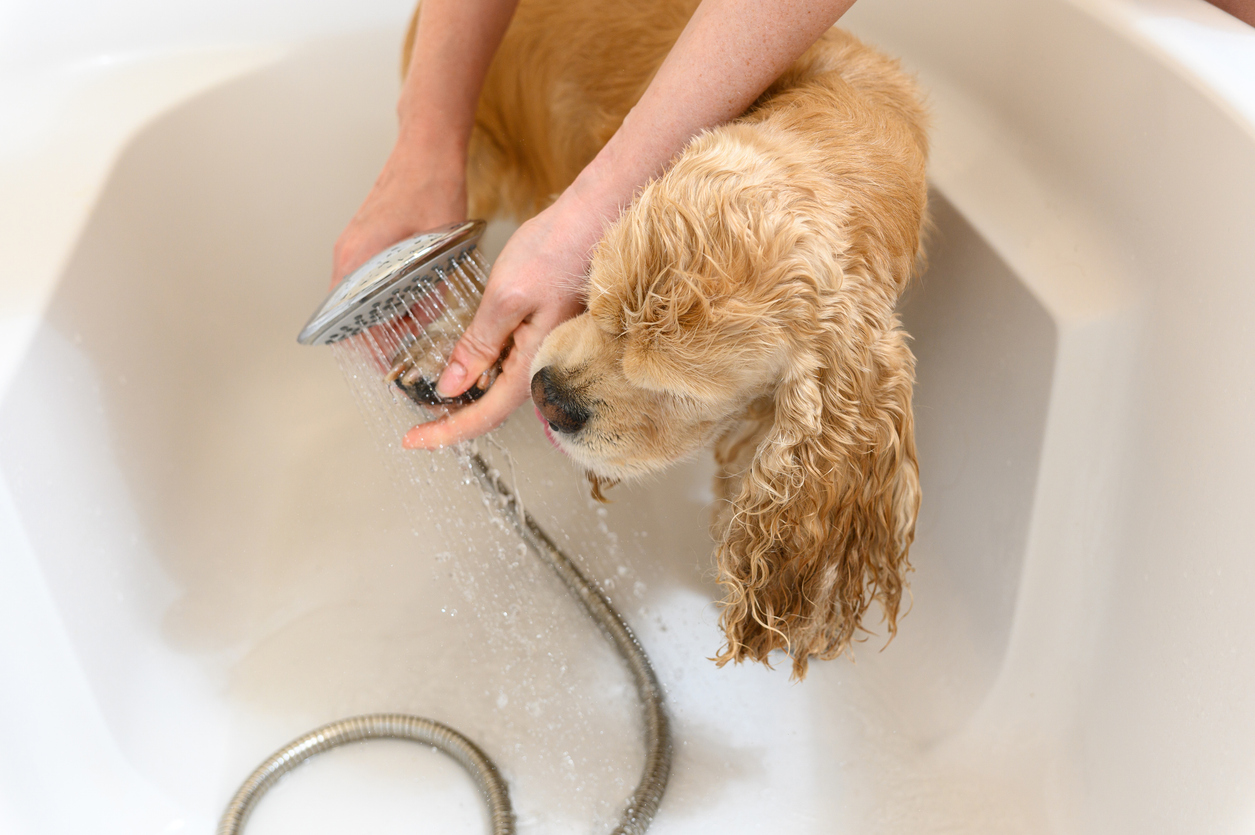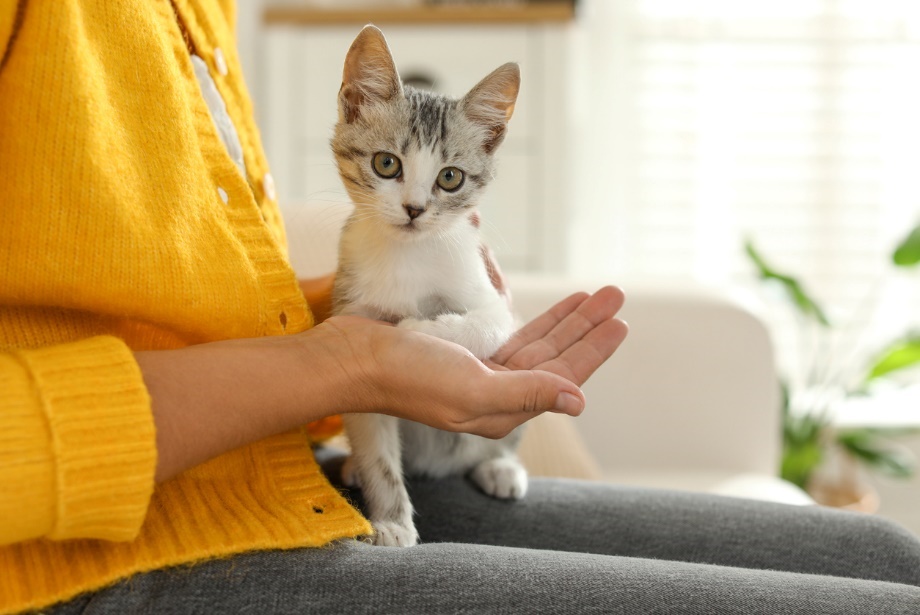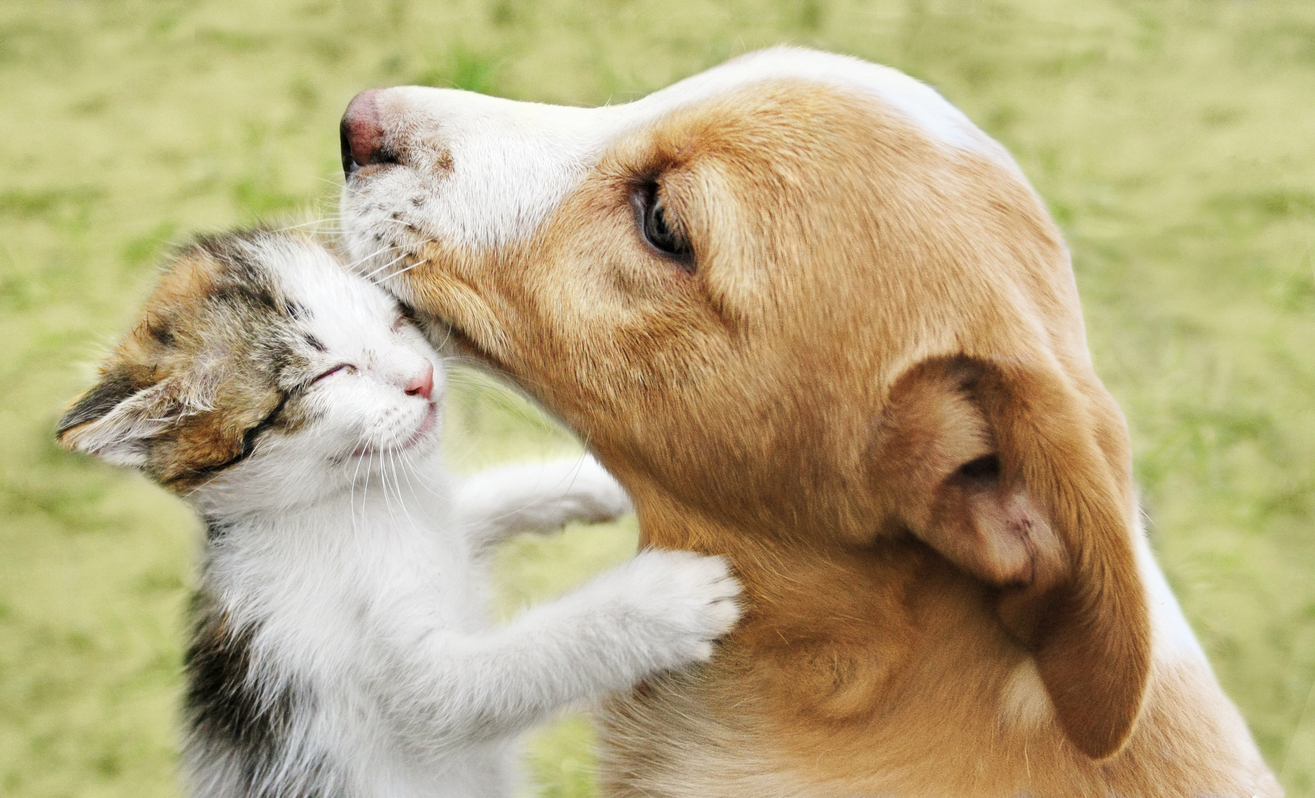Grooming is not just about keeping your pet looking nice — it is about comfort, health, and bonding. With the right tools and a little patience, most pet parents can manage much of their pet’s care at home. At Aspen Veterinary Clinic in Spring Creek, Nevada, we want to help you feel confident about brushing, nail trimming, ear cleaning, and dental care. We will also share tips on training puppies and kittens to enjoy grooming, plus when it is time to call your veterinarian.
Brushing: Keeping Coats Healthy and Tangle-Free

For dogs, brushing frequency depends on coat type. Short-haired breeds usually need a weekly once-over with a bristle brush or grooming mitt to remove dirt and loose hair. Double-coated breeds such as Huskies and Retrievers benefit from slicker brushes or undercoat rakes to manage shedding. Dogs with curly or continuously growing coats, like Poodles and Shih Tzus, require regular use of a slicker brush and metal comb to prevent mats.
Cats benefit from brushing too. Short-haired cats often prefer a rubber curry brush or grooming glove, while long-haired cats need a wide-tooth comb or slicker brush. Always use gentle pressure and never try to cut mats with scissors — their skin is very thin and easily injured. Severe mats should be handled by a veterinarian.
Bathing: Less is More

Most dogs do well with a bath every four to six weeks, though active outdoor dogs may need them more often. Bathe less often breeds with water-resistant coats to preserve their natural oils. Always use dog-safe shampoo and rinse thoroughly.
Cats do not require routine bathing, except for those with medical conditions, older or overweight cats that can’t groom themselves, or cats who get into something messy. Hairless cats, like Sphynx breeds, are an exception and typically need baths every one to two weeks to prevent oily buildup.
Over-bathing any pet can cause dryness and irritation, so bathe only as needed or as recommended by your veterinarian.
Nail Trimming: Avoiding the Quick
Inside each nail is the quick, a sensitive area with blood vessels and nerves. Cutting into it is painful and causes bleeding. In dogs with light nails, the quick is visible as a pink line; in dark nails it’s harder to see, so trim gradually. Cats’ claws are often translucent, making the quick easier to spot — just clip the sharp tip of the nail.
Use scissor-style clippers for large dogs, guillotine clippers for small breeds, and small nail scissors for cats. Nail grinders are another option for smoothing edges. If your pet resists, trim just a few nails at a time and reward them for cooperation.
If you accidentally cut the quick, apply styptic powder or cornstarch with gentle pressure until the bleeding stops. Most minor bleeds stop quickly, but if it does not, or if your pet is very distressed, call your veterinarian.
Ear Cleaning: Only When Needed
Check your dogs’ ears weekly for redness, odor, or wax buildup. Clean only when needed using a vet-approved ear cleaner and a cotton ball — never a cotton swab. Dogs who swim often or have floppy ears may require more frequent checks.
Cats rarely need ear cleaning. If you notice dirt, wax, or odor, gently wipe the outer ear with a cotton ball and approved solution. If ears look clean, leave them alone.
A persistent odor, discharge, or redness in a dog or cat’s ears is usually a sign of infection or mites and requires a veterinary appointment.
Dental Care: Fresh Breath, Healthy Smile
Dental care is an essential part of grooming. Always use pet-safe toothpaste and a soft-bristled brush or finger brush. Start slowly, letting your pet taste the toothpaste before brushing a few teeth at a time. Aim for short, daily sessions rather than infrequent long ones. Dental chews and toys may help reduce plaque, but brushing is most effective.
For more details on taking care of your pet’s teeth, see our blog Pet Dental Health Matters: Debunking Pet Dental Myths.
Training Puppies and Kittens to Enjoy Grooming

The earlier you introduce grooming, the easier it becomes. Handle your puppy or kitten’s paws, ears, and mouth gently each day so they grow comfortable with being touched. Pair brushes and nail clippers with treats and praise and let them sniff the tools before using them. Keep sessions short and positive, stopping before they become restless. Over time, grooming will become a normal part of their routine.
When to Call Aspen Veterinary Clinic
Some grooming issues need veterinary attention. Contact us if you notice:
- Persistent ear odor, discharge, or head shaking
- Torn, bleeding, or ingrown nails
- Scooting or swelling near the rear, which may indicate anal gland problems
- Bad breath, red gums, tartar buildup, or loose teeth
- Severe mats or skin irritation
Final Thoughts
Grooming at home helps keep pets comfortable, strengthens the bond you share, and allows you to notice changes in their health early. With the right tools and consistent positive reinforcement, even puppies and kittens can learn to enjoy it. Still, some problems require professional help. At Aspen Veterinary Clinic in Spring Creek, Nevada, we are here when home care is not enough — from ear infections and dental disease to nail injuries and skin concerns.
Aspen Veterinary Clinic
441 Landmark Lane #5
Spring Creek, NV 89815
775-753-9111

